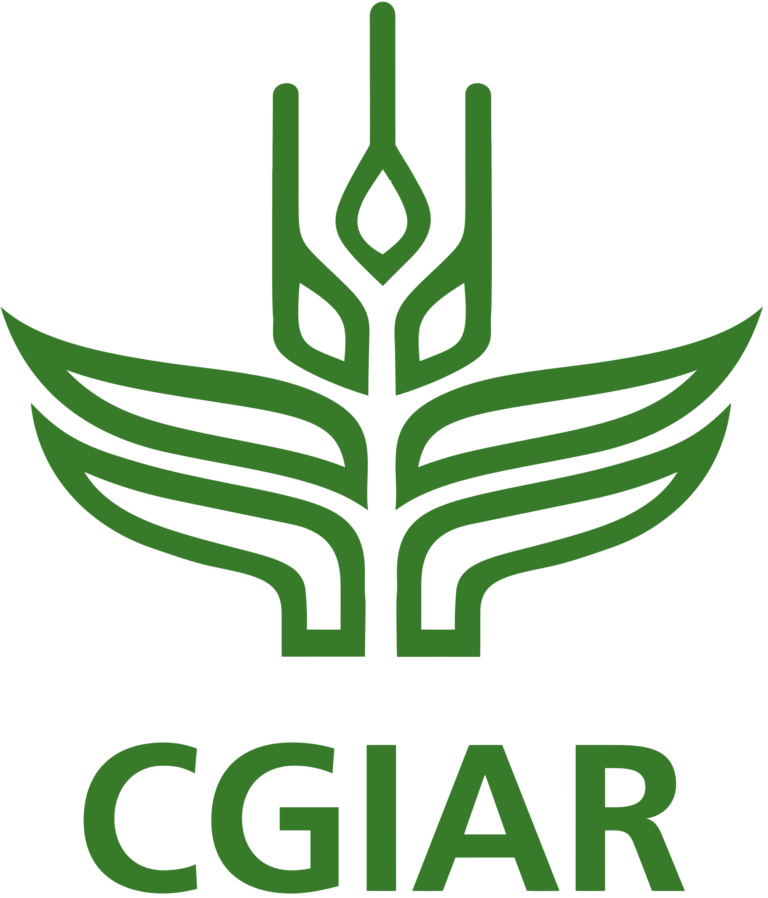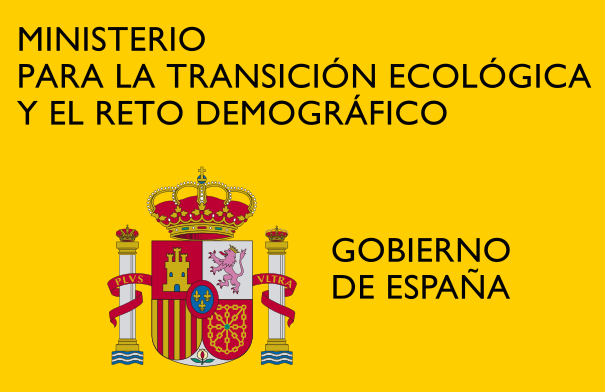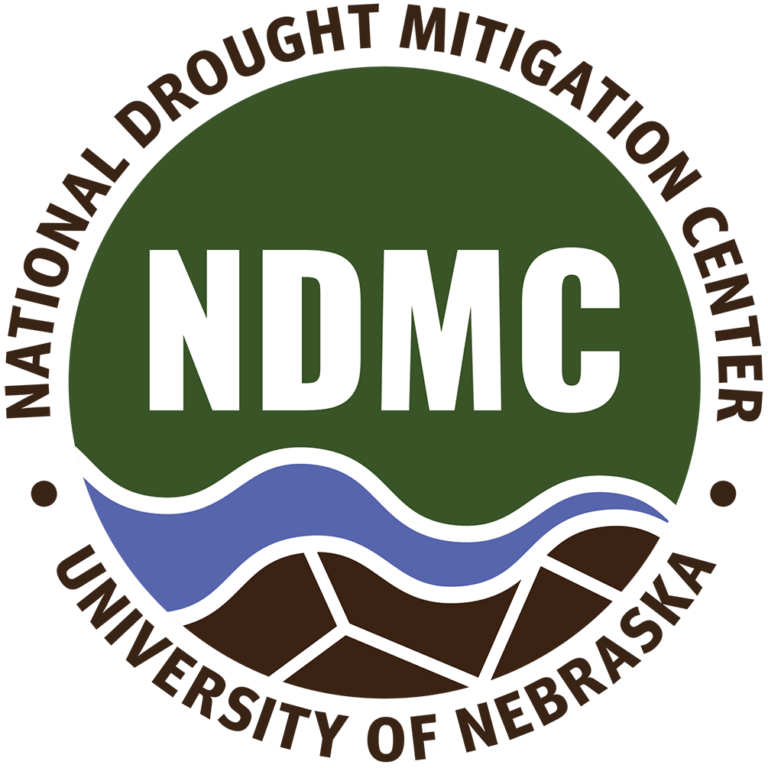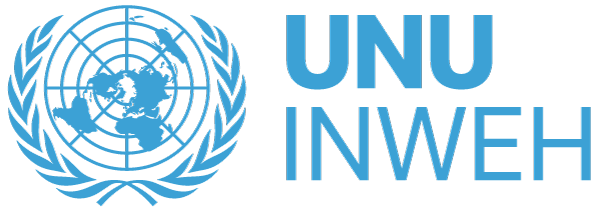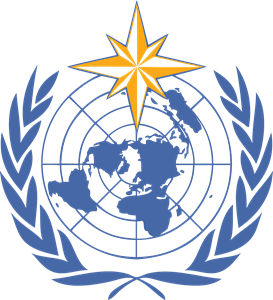About
Learn more about our vision, our approach, the team and the partners behind IDRO
Drought resilience refers to the ability of a system—whether it’s a community and an ecosystem to anticipate, prepare for, and adapt to the anticipated consequences of drought conditions.
Aligned with the International Drought Resilience Alliance (IDRA), the International Drought Resilience Observatory (IDRO) aims to drive transformative actions to enhance global drought resilience. Through its open-source platform, IDRO bridges the gap between scientists and decision-makers, promoting collaboration and ensuring strategies are grounded in both science and community needs.
read more
Our Approach
The dimensions within IDRO serve as a foundational framework for building and enhancing drought resilience across diverse contexts. These dimensions—Anticipate, Prepare, and Adapt—address critical aspects of resilience by providing structured pathways to mitigate and manage the impacts of drought.
Anticipate:
This involves having early warning systems in place to monitor drought indicators. By detecting signs of drought early, communities and ecosystems can take timely action to mitigate its effects.
Prepare:
Communities and individuals can prepare by diversifying their water sources, implementing sustainable land management practices, and adopting climate-smart agricultural techniques. Preparedness helps reduce vulnerability when drought strikes.
Adapt:
Adaptation strategies involve adjusting to changing conditions. For instance, farmers might switch to drought-resistant crop varieties, and water management systems can be designed to be more flexible and resilient.
Now, if you’re interested in diving deeper, there are some excellent technical guidelines published by the United Nations Convention to Combat Desertification (UNCCD) that explore various aspects of drought resilience. These guidelines cover topics like selecting drought indicators, assessing vulnerability, and reducing the impacts of drought.
